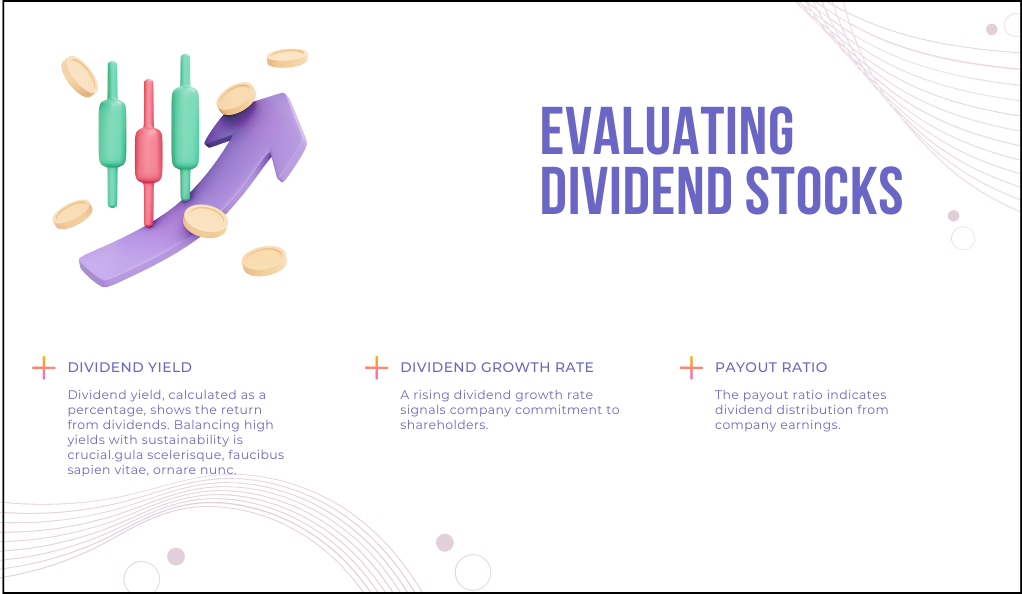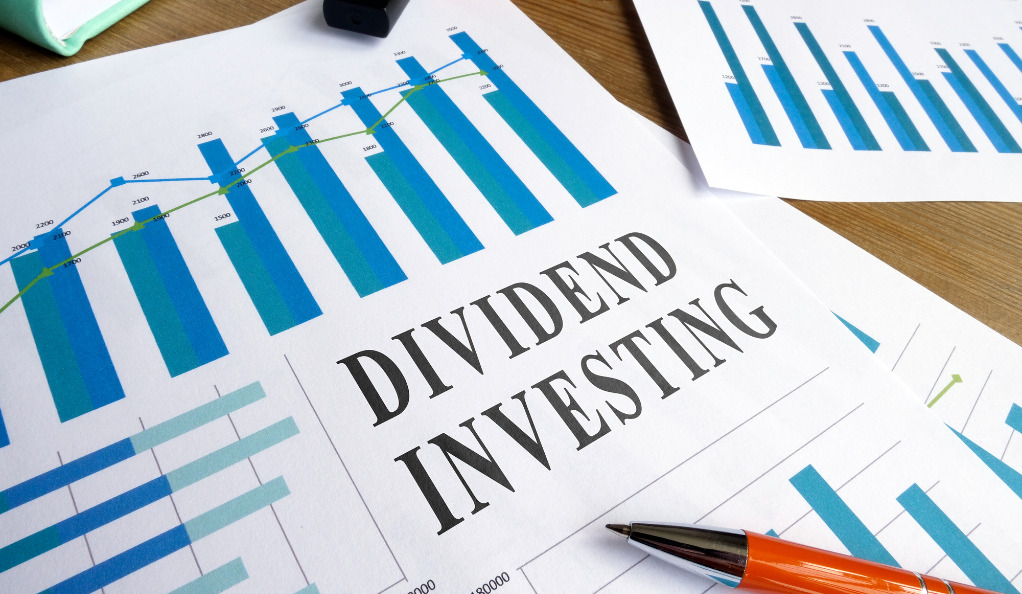Introduction
Dividend investing has become a popular and effective strategy for investors looking to secure a reliable income stream while participating in the potential growth of their investments. This approach involves focusing on stocks from companies that regularly pay dividends to their shareholders. Dividends are a portion of the company’s profits distributed to investors, making them an attractive way to earn passive income. Dividend investing is particularly appealing to income-oriented investors, retirees, and anyone seeking stability in their investment portfolio.
The allure of dividend investing lies in its dual benefit of potential capital appreciation and consistent cash flow. As investors hold shares in companies that regularly distribute dividends, they not only have the opportunity to benefit from any appreciation in the stock’s price over time but also receive regular payments without having to sell their shares. This makes dividend investing an excellent strategy for those who prefer a more hands-off approach to generating income and building wealth.
Contents
The Advantages of Dividend Stocks
Dividend stocks offer several key advantages, making them a compelling choice for investors seeking long-term growth and financial stability. Firstly, dividend-paying companies tend to be well-established and financially sound. These companies have a history of generating steady profits and have enough surplus to share with their shareholders. As a result, investing in such companies can be less risky compared to younger, high-growth companies that may not yet be profitable.
Secondly, dividends provide a reliable income stream, making them particularly valuable for income-oriented investors and retirees. Unlike relying solely on stock price appreciation, which can be volatile, dividends offer a consistent and predictable source of income. This steady cash flow can serve as a buffer during market downturns, helping investors ride out turbulent times while still receiving a return on their investment.
Furthermore, dividend stocks have historically outperformed non-dividend-paying stocks over the long term. Numerous studies have shown that dividend-paying companies tend to be more resilient during economic downturns and market corrections. The steady income from dividends can help investors remain invested for the long haul, thereby capturing the full potential of their investments.
Key Metrics for Evaluating Dividend Stocks
When selecting dividend stocks, investors should consider several key metrics to assess the financial health and sustainability of a company’s dividend policy. These metrics provide valuable insights into the company’s ability to continue paying dividends in the future.

- Dividend Yield: Dividend yield is calculated by dividing the annual dividend amount by the current market price of the stock, expressed as a percentage. It represents the return an investor can expect from the dividend income alone. While a high dividend yield might seem appealing, extremely high yields can sometimes be a warning sign. It is essential to strike a balance between yield and dividend sustainability.
- Dividend Growth Rate: The dividend growth rate indicates how much a company’s dividend has increased over a specific period, typically on an annual basis. A consistently growing dividend is a positive sign, as it demonstrates the company’s commitment to rewarding shareholders over time. Investors should look for companies with a history of regular dividend increases.
- Payout Ratio: The payout ratio measures the percentage of a company’s earnings that are paid out as dividends to shareholders. A low payout ratio suggests that the company retains a significant portion of its earnings for reinvestment and growth. On the other hand, a high payout ratio may indicate that the company is distributing most of its profits to shareholders, leaving less room for reinvestment.
By evaluating these metrics, investors can gain a deeper understanding of a company’s financial position and its ability to sustain dividend payments in the future. Additionally, considering the company’s overall growth prospects, competitive advantages, and market conditions can provide a more comprehensive view of the investment opportunity.
Identifying Companies with Strong Dividend Histories
- One of the fundamental principles of dividend investing is to identify companies with a strong track record of paying dividends consistently over time.
- A company’s dividend history reflects its financial stability and its commitment to rewarding shareholders, making it an essential factor in selecting dividend stocks.
- Investors should look for companies that have a history of either increasing or at least maintaining their dividends over the years.
- A company that can maintain its dividends during economic downturns and challenging market conditions is often seen as a more reliable and stable investment.
- It is also crucial to assess the company’s overall financial health and growth prospects.
- A company with a strong balance sheet, competitive advantage in its industry, and stable earnings growth is more likely to sustain its dividend payments even during turbulent times.
- Furthermore, investors should consider the company’s dividend policy and its dedication to maintaining a consistent payout to shareholders.
- Some companies have a formal dividend policy, while others may have an informal approach.
- Understanding how the company views its dividend payments can provide insight into its commitment to rewarding shareholders.
Conclusion
Dividend investing presents an effective and time-tested strategy for investors seeking a steady income stream and potential long-term growth. By focusing on stocks from companies with a history of paying regular dividends, investors can enjoy the best of both worlds – consistent cash flow and the potential for capital appreciation. Understanding key metrics like dividend yield, dividend growth rate, and payout ratio is vital for evaluating dividend stocks effectively and making informed investment decisions.
While dividend investing offers many benefits, it is essential to remember that no investment is entirely risk-free. Investors should conduct thorough research, diversify their portfolios, and consider their risk tolerance and investment objectives when selecting dividend stocks. By following these principles and maintaining a long-term perspective, investors can build a successful dividend portfolio that aligns with their financial goals.
FAQs
Not necessarily. While dividends can be a sign of financial stability, investors should conduct thorough research to ensure the company’s fundamentals are strong.
The ideal dividend yield varies based on individual preferences and risk tolerance. Generally, a yield that outperforms the average market yield is considered favourable.
Absolutely. Dividend investing can be integrated into a broader investment portfolio that includes growth stocks, bonds, and other assets.
Yes, dividends are automatically reinvested in additional shares of the company, allowing investors to compound their wealth.
Most companies distribute dividends quarterly, but some may opt for annual or even monthly payments.
At DailyTrendingStocks, we are dedicated to providing impartial and dependable information on topics such as cryptocurrency, finance, trading, and stocks. It's important to note that we do not have the capacity to provide financial advice, and we strongly encourage users to engage in their own thorough research.
Read More
